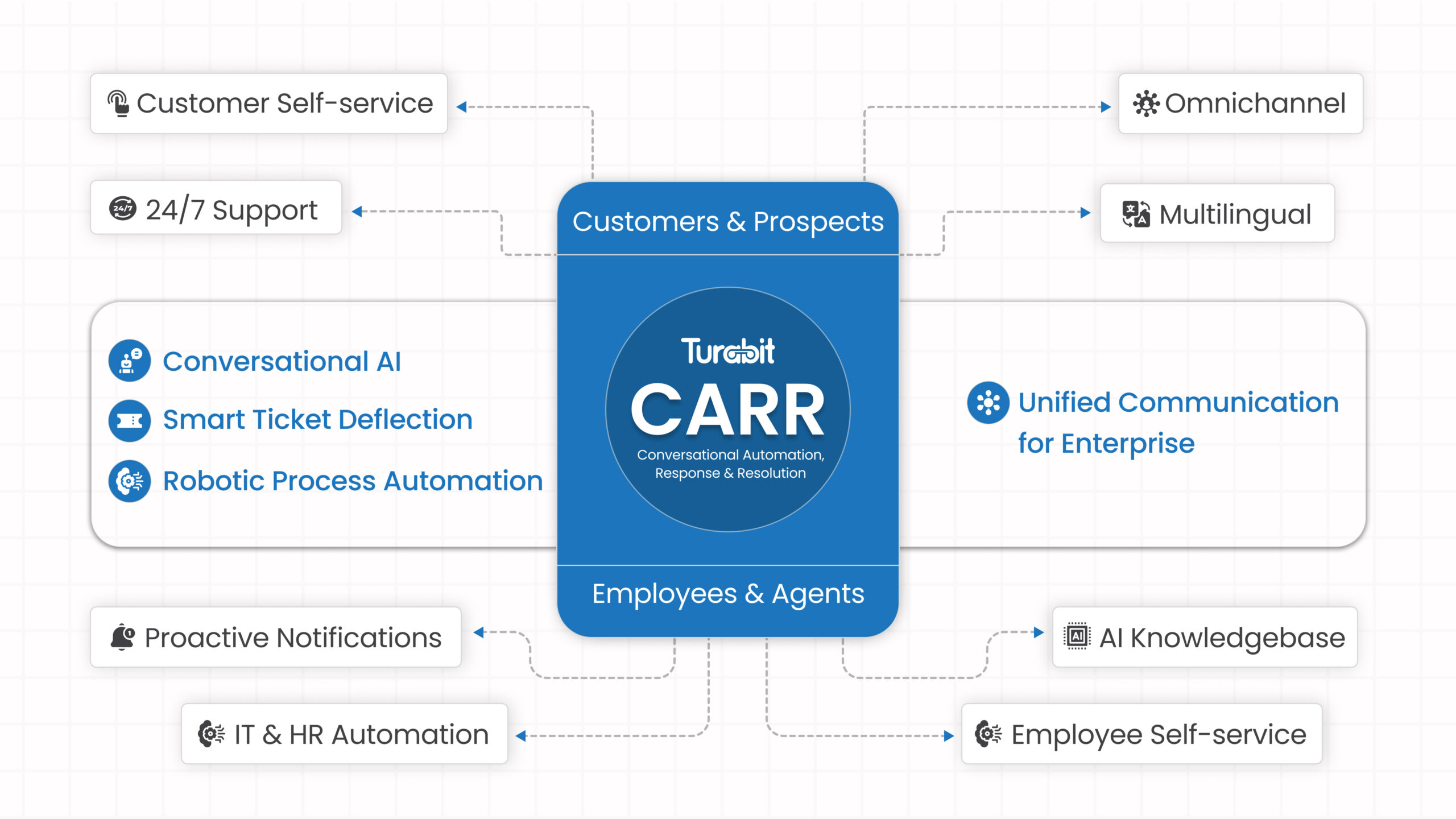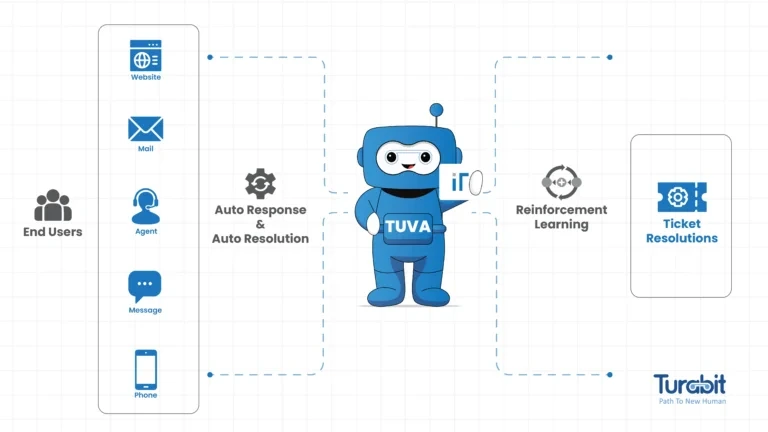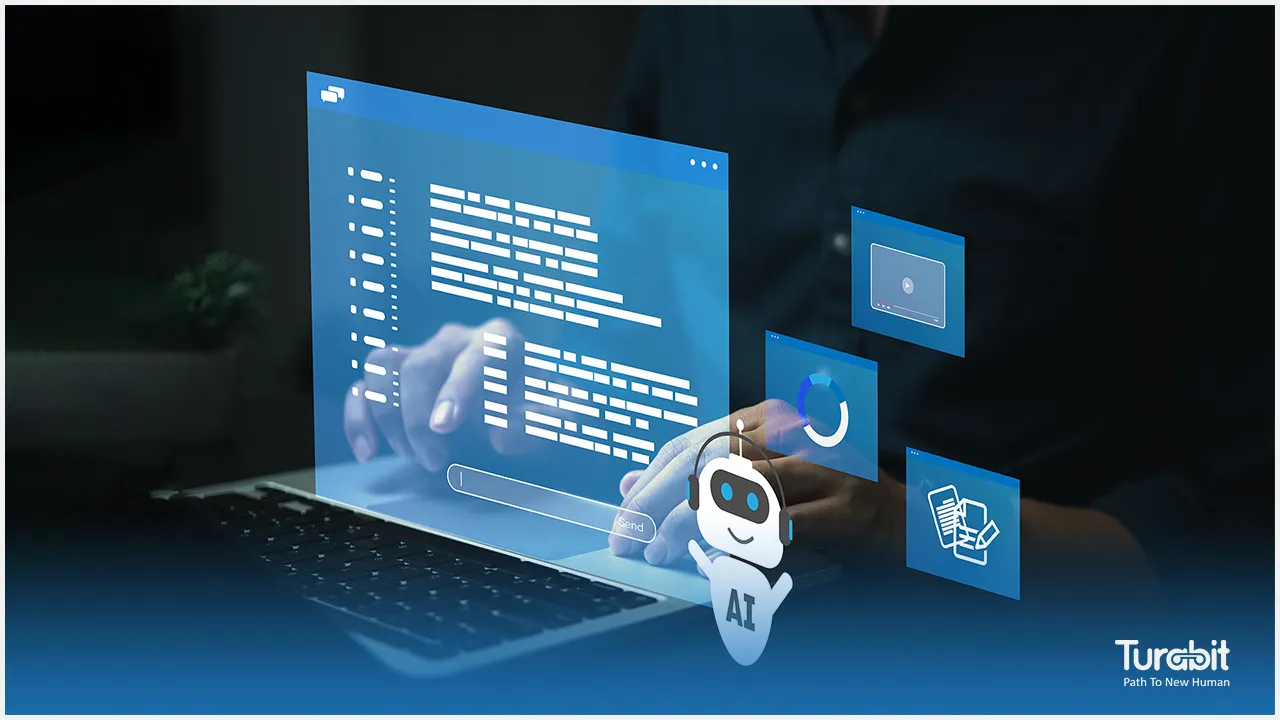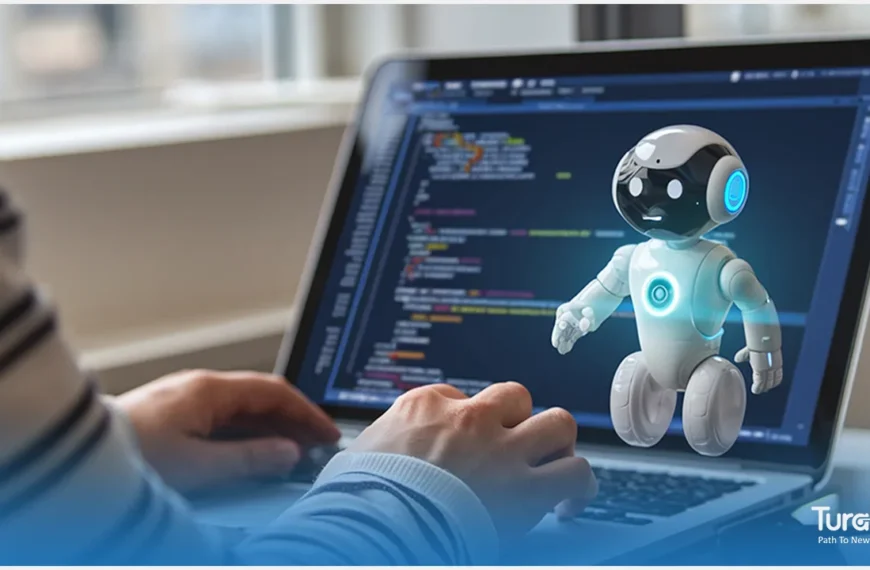Where does it come from?
The future of automation for MSPs isn’t just about getting more done with fewer hands, it’s about making technician work more valuable and engaging. While automation has often been seen as a tool to replace human effort, real-world AI deployments show that hyperautomation works best when it enhances human expertise, not eliminates it. By integrating intelligent automation into workflows, MSPs can streamline operations while allowing their teams to focus on more specialized, meaningful tasks.
Hyperautomation isn’t just about automating processes, it’s about completely transforming the way tasks, workflows, and services operate. It removes the roadblocks that limit efficiency, service quality, and scalability, making digital transformation more accessible. With RMM and PSA software now standard, hyperautomation will be the key differentiator that sets MSPs apart in an increasingly competitive landscape.
Beyond efficiency, hyperautomation helps MSPs tackle one of their biggest challenges, retaining top talent. By offloading repetitive, monotonous tasks, it reduces technician burnout and turnover, leading to lower staffing costs and a more engaged workforce. At the same time, it ensures tickets are resolved faster and more consistently, enhancing overall service quality and client satisfaction.
Hope you found this preview Insightful and engaging.
To download the full copy of this whitepaper, please submit the form below
What is Hyperautomation?
Hyperautomation is the next evolution of automation, where technology and human expertise work together to streamline tasks, optimize processes, and enhance efficiency. It goes beyond basic automation by integrating AI, machine learning, and advanced analytics to handle repetitive work while empowering human employees to focus on more strategic tasks.
For MSPs, hyperautomation isn’t just about automating tasks, it’s about creating a smarter, more adaptive service model. AI Assistants play a crucial role in this by seamlessly integrating within existing workflows to assist technicians, reduce manual workloads, and accelerate resolution times.
Instead of replacing service desk teams, hyperautomation supports them by identifying high-volume, repetitive tasks that can and should be automated.
Many IT tasks such as password resets, ticket routing, and service request tracking are time-consuming yet necessary.
AI Assistants and hyperautomation can absorb these workloads, ensuring processes run smoothly while technicians focus on complex, high-value work. This not only boosts operational efficiency but also enhances service quality, enabling MSPs to scale effectively without overburdening their teams.

The Technologies Powering Hyperautomation
Hyperautomation isn’t just about automating tasks, it’s about making automation smarter, more adaptive, and more human-friendly. By combining AI-driven capabilities, businesses can streamline operations, enhance decision-making, and create a seamless synergy between humans and machines. Some of the core technologies that fuel hyperautomation include:
Semantics-Based AI
AI systems leverage Natural Language Understanding (NLU), Natural Language Generation (NLG), and Natural Language Processing (NLP) to comprehend intent, generate human-like responses, and facilitate seamless interactions. These capabilities allow AI Assistants to interpret requests, provide meaningful answers, and automate workflows efficiently.

That’s all for preview, Download Full Copy of this Whitepaper
Related Whitepaper




